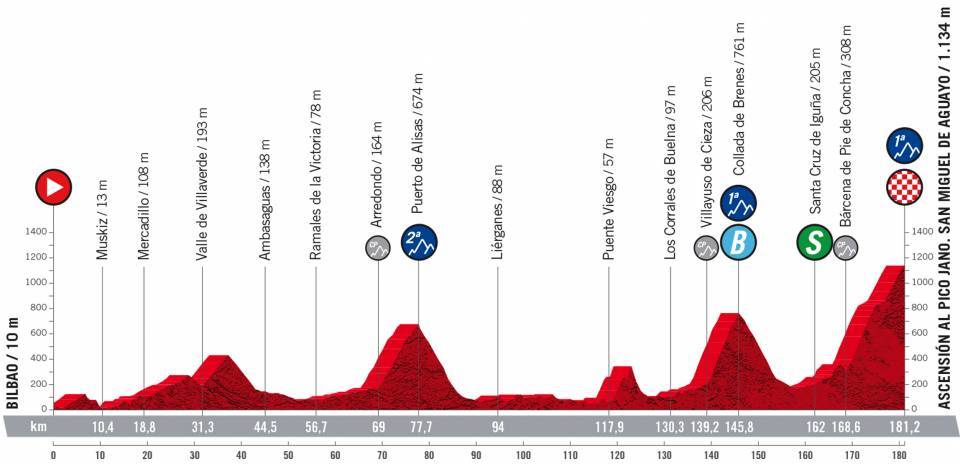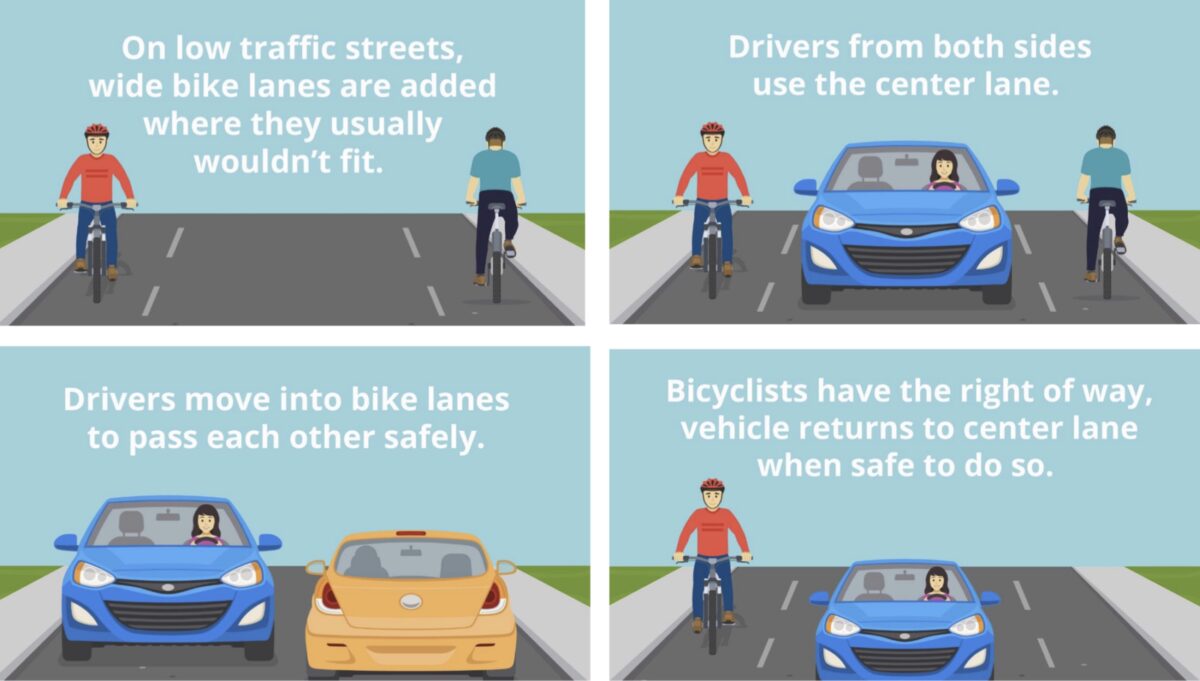
Indoor riding can be highly effective for training, but it’s also highly effective in driving up heat strain. How might this affect your training, and what are some ways to keep yourself cool indoors?
‘Endless hours spent spinning in place on the turbo’
Those of us in the Northern Hemisphere have reached the heart of winter here in February with spring hopefully on the way soon. For many of us, myself included, this typically means that our cycling training consists of endless hours spent spinning in place on the turbo. In my toolbox article this month, I wanted to dive into the reasons why you get hot while riding indoors, as well as offer some tips to help you stay cool while training indoors the rest of this winter season.
Why do we get hot while cycling indoors?
As I learned in my MSc at Brock University, our bodies are capable of adapting to a wide range of environmental conditions. Our muscles are fantastic at generating heat – have you ever wondered why you instinctively shiver when you get cold? The process of muscle contraction is relatively inefficient, with about three quarters of energy spent to contract our muscles resulting in heat energy. So, how does this apply to you? What this means is that not only are you working hard to physically pedal your bike, but your body also generates vast amounts of heat energy in the process. To put it another way, while riding your bike at 200 W indoor, your body is effectively generating and additional ~600 W of heat… that’s about the same energy as you’d get from a small microwave!
Despite producing large amounts of heat during cycling, our bodies are highly regulated and can eliminate that heat. The primary methods of heat loss include:
- Evaporative Cooling: Water produced from our sweat glands absorbs heat to become water vapor. This is by far the greatest source of heat dissipation during exercise.
- Convection: Heat loss through water/air moving over the body. Having a fan as part of your indoor training setup increases convective heat loss!
- Radiation: Having a cool ambient air temperature allows heat to dissipate from our skin into the air itself. Air temperatures need to be ~68F (~20C) or lower for this to work.
- Conduction: Heat loss through direct contact with another object. Think of holding cold metal in your hands. This is relatively minimal while cycling.
Tips to Stay Cool Indoors

So, how can you take steps to stay cool while riding indoors? I’ve outlined several tips below:
Increase sweat rates – Since evaporative cooling is the body’s primary method of heat dissipation, sweating is an important first step in staying cool. As your aerobic fitness increases, the body learns to sweat more, since sweat rates are correlated with aerobic capacity (Greenleaf, et al, 1972).
- Remember that wiping sweat from your skin or sweat dripping onto your floor doesn’t cool you…only evaporation from your skin has a cooling effect!
- Staying hydrated, on and off the bike, is key for increasing your sweat rate
- We have previously discussed sweat rates in a toolbox article last summer (https://pezcyclingnews.com/toolbox/sweat-rate-and-how-to-calculate-yours/).
Keep it dry – Further increase evaporative cooling by reducing humidity in your pain cave. Consider using a dehumidifier – this helps increase evaporative heat loss by making the air less saturated, as well as helping remove stinky pain-cave odors!
Keep it cool – Decrease the ambient temperature in the room. If it’s cool outside, consider cracking a window open. A 2011 study highlights the importance of ambient temperature on cycling performance, where 40k time trial average power was significantly lower in warm conditions (>32C), compared to lower temperatures (17, 22, 27C) (Peiffer & Abbiss, 2011).

Increase the airflow
Increase airflow – More airflow increases convective cooling. I personally use three fans for my indoor training setup: 1 large fan pointed at my chest, 1 small fan pointed at my face, and 1 small fan to circulate the air throughout the room.
Watch what you wear – Consider wearing sweat-wicking materials, which help move sweat away from your skin’s surface and into the air. Most cycling kit is made of moisture-wicking materials, and are far preferable to cotton fabrics, for example.
Summary
Hopefully this article explains why you might feel so warm while training indoors, as well as summarizing our body’s methods to eliminate built up heat. Try to utilize some of the practical tips I’ve provided on staying cool while training indoors and see if they make a positive difference in your indoor training!
Stay safe, ride fast, and I’ll see you next month!
References
Greenleaf JE, Castle BL, Ruff WK. Maximal oxygen uptake, sweating and tolerance to exercise in the heat. Int J Biometeorol. 1972 Dec;16(4):375-87. doi: 10.1007/BF01553622. PMID: 4657907.
Peiffer JJ, Abbiss CR. Influence of environmental temperature on 40 km cycling time-trial performance. Int J Sports Physiol Perform. 2011 Jun;6(2):208-20. doi: 10.1123/ijspp.6.2.208. PMID: 21725106.









